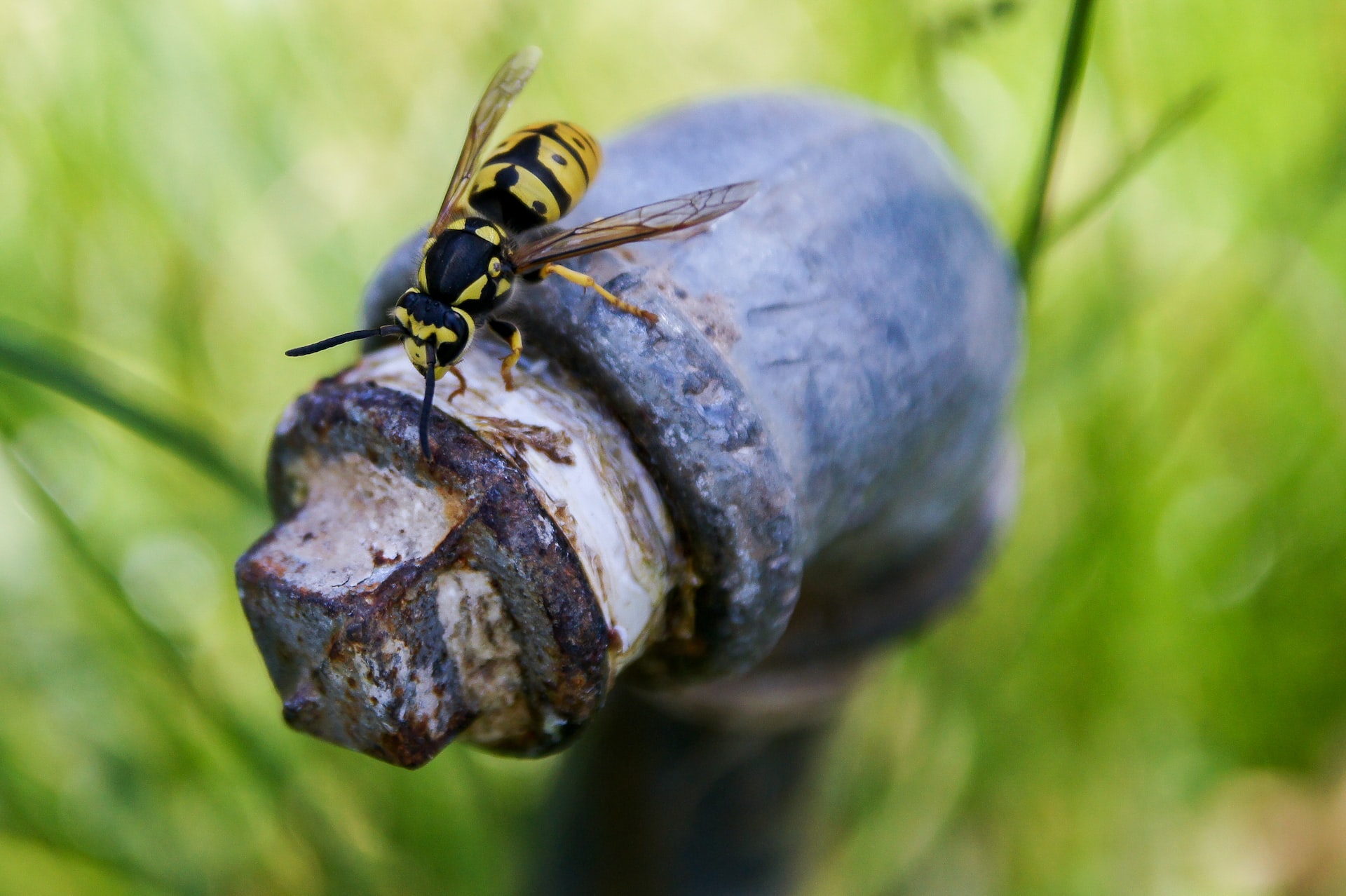
8 Dangerous Bugs in Nature to Avoid
We are reader-supported. When you buy through links on our site, we may earn affiliate commission.
Watch where you step! If you’re going out on a hike, it’s a good idea to know which arthropods — insects, spiders, scorpions and their relatives — to avoid. Technically, true bugs only belong to one family, but we’ll use the common term “bug” interchangeably with the word “arthropod” in this article. Here are eight dangerous bugs found in nature.
The Venomous Variety
Poisonous bugs, which this article doesn’t cover, make you sick if you eat them. Venomous bugs have a toxic bite or sting. Here are a few to avoid:
1. Centipedes
Recognizable by their long, segmented bodies with only one pair of legs per segment, centipedes are alarmingly fast. Unlike the slow, plodding millipedes that eat leaf litter, centipedes are carnivores, and they come equipped with powerful, venomous jaws to catch and subdue their prey.
Their bite is very painful. Depending on the species, a centipede bite’s severity ranges from an annoyance to potentially deadly, so it’s best to avoid handling these bugs.
2. Wasps
Everyone knows that wasps can inflict painful stings, but which ones are the worst offenders? Here are a few:
- Tarantula hawk wasp: A name like that should ring a few alarm bells. Actually, these giant, blueish-black wasps with amber wings rarely sting people, but when they do, it’s intense. They live on every continent except Antarctica and Europe.
- Yellow jacket wasp: These bold, black-and-yellow wasps are perhaps best known for stinging repeatedly. It doesn’t take much to provoke a yellow jacket, and they tend to attack in groups. Yellow jackets are common worldwide except in Antarctica.
- Executioner wasp: Gold, shockingly oversized and bearing tooth-like projections on their jaws, these wasps possess one of the world’s most painful stings. Executioner wasps live in Central and South America, with their range extending into Mexico, Texas and Arizona.
If you see a wasp nest, leave it alone. Wasps are beneficial insects that prey on bugs many people consider pests, like tarantulas and roaches.
3. Ants
Depending on the species, these insects range from aggressive to very hard to provoke. Fire ants build recognizable mounds and will swarm in the thousands if you step on them.
Harvester ants are much bigger, and some possess highly toxic venom. However, they rarely sting people. They clear the grass from an area to create a large, flat patch of dirt where they work.
Bullet ants are famous for their excruciating sting. In fact, according to the Schmidt sting pain index, they have the most painful sting of any insect. They live in Central and South America.
Your best bet to avoid ant bites is to leave ant mounds and clearings alone.
4. Spiders
Many people are instinctively afraid of spiders. While it’s true that most spiders are harmless to humans, you should avoid handling them. They play an important role in the ecosystem as predators and don’t want to be disturbed.
Venomous spiders vary wildly around the world, but some famous ones are black widows, brown recluses, Brazilian wandering spiders and Australian funnel-web spiders.
Disease Carriers
The second category of dangerous bugs in nature includes those that carry diseases. These are the main ones to watch out for:
1. Mosquitos
Diseases: Malaria, Zika, Chikungunya, West Nile virus, yellow fever, dengue fever, and more
The best way to avoid getting mosquito bites is to wear bug spray and a mesh head net. It’s not the most fashionable choice, but it gets the job done.
2. Kissing Bugs
Diseases: Chagas disease
These true bugs can cause an illness known as Chagas disease. If you live in Central America, South America or the Southern United States, the best way to prevent a kissing bug bite is to sleep indoors, treat indoor dwellings with pesticides and always thoroughly wash and cook your food.
3. Fleas
Diseases: Plague, typhus, cat scratch disease, tapeworm infection, tularemia, tungiasis
If someone tells you to avoid fleas like the plague, they’re giving literal advice — a bite from an infected flea can transmit the plague and many other illnesses. If you spend time outside with your pets, make sure they take regular flea preventatives. Wear long-sleeved clothing treated with bug spray, and never pet wild animals.
4. Ticks
Diseases: Lyme disease, babesiosis, Rocky Mountain Spotted Fever, anaplasmosis, tularemia and more
Ticks carry a number of diseases, and this varies by species and geographic location. Wear long-sleeved clothes treated with bug spray, and always check your hair and body for ticks after spending the day outdoors.
Dangerous Bugs in Nature
Arthropods play essential roles in the ecosystem. Without them, we wouldn’t have the reptiles, amphibians or birds that depend on them as a food source, and the world would be a lot quieter.
Take care when spending time outdoors. Give bugs their space.
Share on
Like what you read? Join other Environment.co readers!
Get the latest updates on our planet by subscribing to the Environment.co newsletter!
About the author
Steve Russell
Steve is the Managing Editor of Environment.co and regularly contributes articles related to wildlife, biodiversity, and recycling. His passions include wildlife photography and bird watching.





